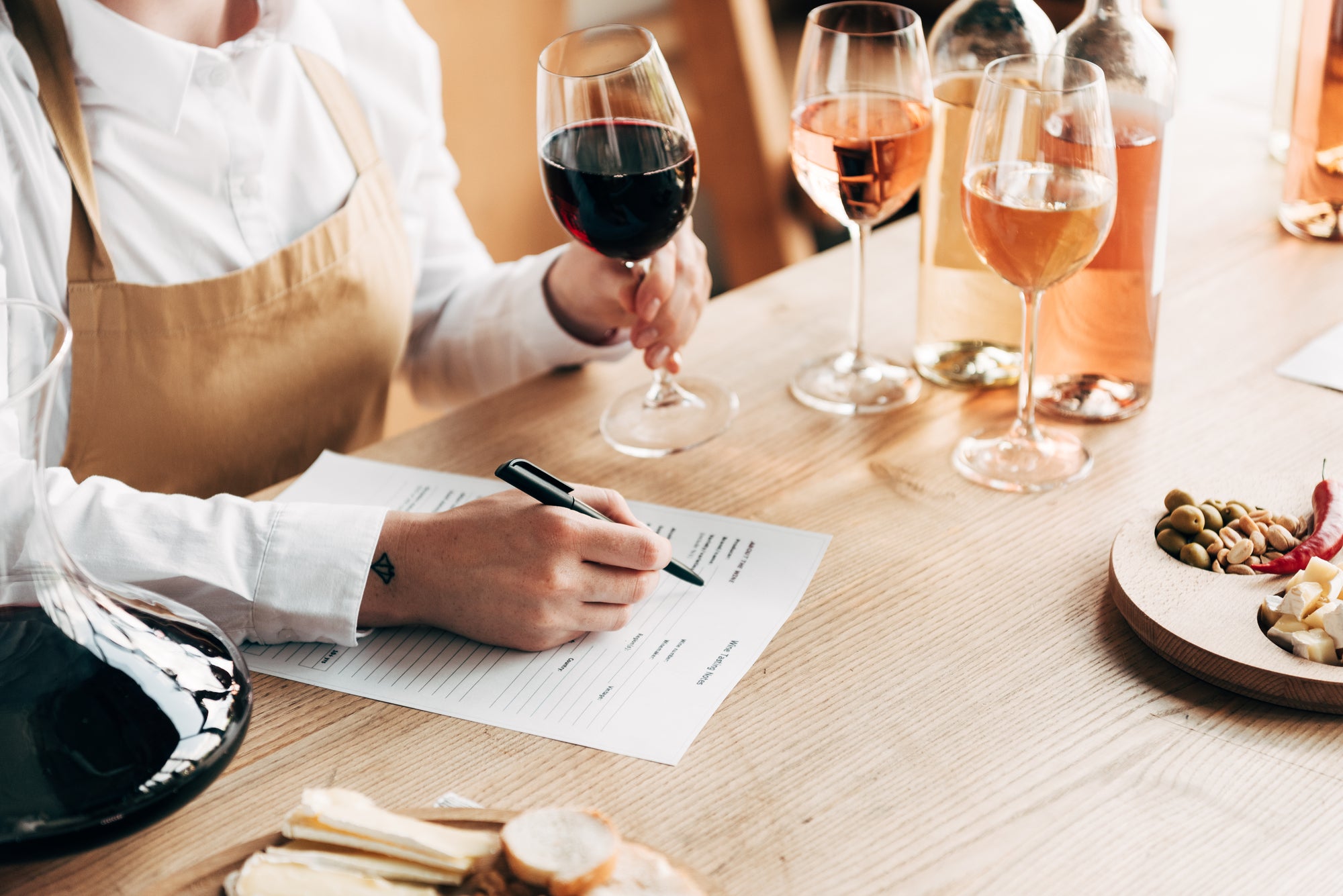Red Wine 101: Understanding Varietals, Tasting Notes, and Terroir

Choosing the perfect bottle of red wine is somewhat of an art form. You can spend hundreds of dollars on a highly-rated drop that you simply don’t enjoy, or you could locate a hidden gem on the discount rack at your local wine cellar.
The secret to discovering the best red wine for your tastes lies in knowledge and understanding. From the soil and climate to the altitude and sun exposure, each element contributes to the unique flavour profile of a wine.
Understanding how to identify and describe these elements will allow you to appreciate the complexities and nuances of a truly great bottle of red wine.
Varietals
We all know wine is made from grapes, varietals is the term used to determine which grapes are used to produce different types of wine. In this case, red and black grapes are used and many of the most common types of red wine are named after these grapes.
Among them, Cabernet Sauvignon is a standout choice, known for its full-bodied texture, elevated tannins, and a rich and complex flavour profile. Conversely, Pinot Noir is a light-bodied wine with lower tannins and a fruitier taste often described as having notes of raspberry, cherry, and strawberry.
Merlot is a medium-bodied wine that is known for its soft and smooth texture. It is often described as having flavours of black cherry, plum, and chocolate. For those with a sweet tooth, Syrah, also known as Shiraz, is the best choice with its jammy flavours of raspberry, blackberry, and cherry.
Tasting Notes
Wine tasting is not just a sensory experience but also an art that requires a great deal of practice and knowledge.
When it comes to wine appearance, the colour of the wine can indicate the grape variety, age, and winemaking technique. For instance, young red wines usually have a bright and intense colour, while older red wines have a brownish rim due to oxidation. In contrast, white wines range from pale straw to deep gold, depending on the grape and winemaking process.
When it comes to tasting wine, the aroma is crucial to the experience. The simple smell of a glass of red wine can reveal a range of qualities including complexity, quality, and characteristics. This is an art form in itself, with aroma the key quality that allows wine experts to identify different varietals and understand its history and production process.
The flavour of the wine is another critical aspect of wine tasting that reflects the grape variety, climate, soil, and winemaking methods. For example, a Syrah wine from a warm climate can have flavours of blackberry, pepper, and chocolate, while a Pinot Noir from a cooler climate can have flavours of red cherry, earth, and mushroom. Additionally, wine experts can evaluate the wine's balance, structure, and complexity by assessing its acidity, tannins, body, and finish.
Terroir
Terroir is a critical concept in the wine industry as it refers to the unique environmental factors that shape the taste and character of a wine. Climate, soil, topography, and other factors contribute to the unique characteristics of a wine, making each wine region distinct.
According to the US National Institutes of Health, how you store wine plays a vital role in how it ages. Wine is made up of lots of different chemicals that undergo a bunch of different reactions as it gets older.
These reactions, which include things like oxidation and esterification, can happen faster or slower depending on how hot or cold the storage environment is. Basically, the temperature affects how quickly the wine's molecules bump into each other and interact.
Moreover, fluctuating temperatures can also have a negative impact on wine ageing. Rapid changes in temperature can cause the wine to expand and contract, which can lead to leakage and oxidation. Thus, it is important to store wine in a stable and consistent temperature environment to ensure optimal ageing conditions.
The type of soil where grapevines grow is a critical element in the wine-making process. This is because the soil's chemical composition can influence how grapes develop and what flavour they acquire.
Research by the French National Institute for Agricultural Research (INRA) has shown that the aroma of wine is greatly influenced by the type of soil where the grapevines are rooted, allowing experts to identify the region of origin just from the smell.
Apart from the soil, the winemaking process also contributes significantly to the final taste and quality of the wine. Factors such as fermentation techniques, ageing, and blending all come into play. These methods are carefully selected and executed to achieve a specific flavour and quality that appeals to the consumer. Ultimately, the perfect wine is a result of a harmonious combination of the right soil and winemaking techniques.
This even extends to the wine barrels themselves, as using too much or not enough oak can have a major impact on the quality of the wine produced.
Understanding the concept of terroir can help wine enthusiasts appreciate and enjoy the subtle nuances of different varietals of red wine. Additionally, it can assist them in selecting wines that align with their taste preferences. As such, many wine enthusiasts and industry professionals pay close attention to terroir when evaluating and selecting wines.
Understanding the different varietals, tasting notes, and terroir can help wine enthusiasts appreciate the intricacies of red wine and make informed choices when selecting a bottle.
By taking the time to explore different varietals and understanding the environmental factors that influence their taste, wine enthusiasts can develop a deeper appreciation for this timeless beverage.










